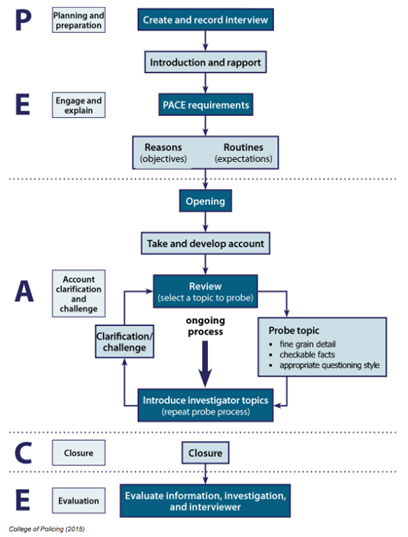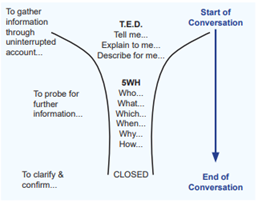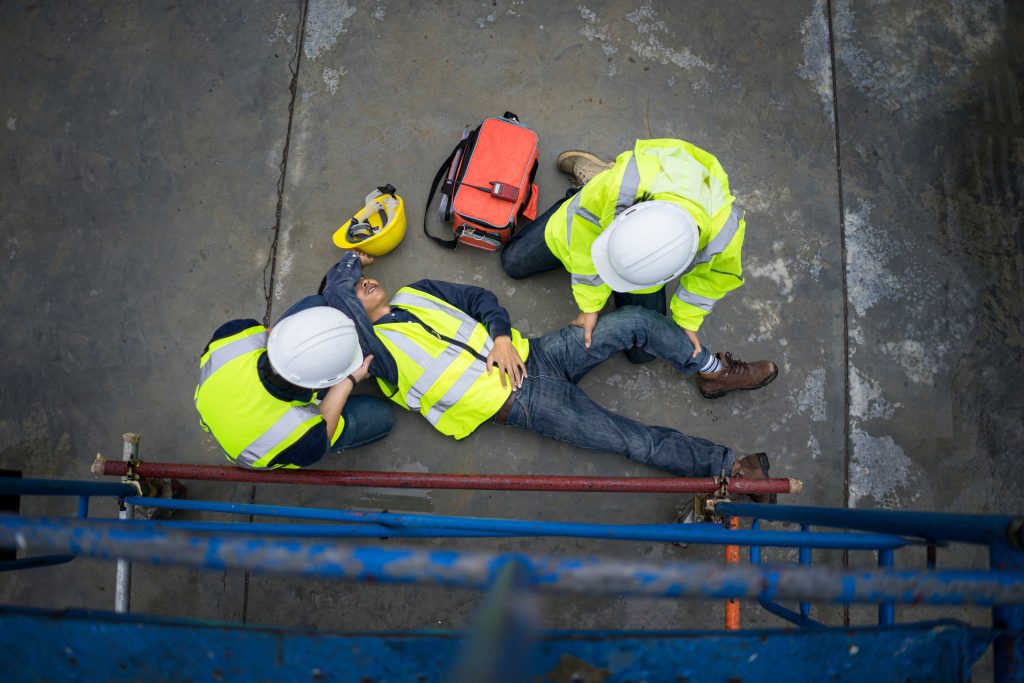A witness or victim statement taken immediately after an incident or event has occurred can drastically reduce the time, effort and money an organization spends on the investigation process. This is because obtaining statements is a time consuming yet necessary part of the investigation. Having staff trained on statement taking aids in reducing the total workload an investigator inherits. Statement taking is also great as a transferrable skill that can be applied to other parts of the business (such as performance management or hiring). Sometimes organizations make the mistake of training multiple staff on entire workplace investigative methodologies, that might otherwise be better spent on training staff in producing high-quality statements.
A high-quality statement provides a documented and cohesive narrative of the steps leading up to an event, as well as the actual incident details. This is vital to understanding and addressing workplace incidents and events. Furthermore, statements taken by peers or colleagues can often be cathartic in nature and less daunting than statements taken by a regulator or external investigator.
Statements provide the foundation of any investigation (through eyewitness account), and aid in clarifying or discounting reasons for an incident. Several components make up the process of statement taking that can be broken down and understood below.
Firstly, the PEACE model provides a framework the interviewer can apply, which aids in producing a cohesive narrative in a fair and consistent manner.
PEACE Model
PLANNING AND PREPERATION
How and where the interview will be recorded (i.e.: written or recorded statement)
- Introducing yourself and building rapport
ENGAGE AND EXPLAIN
- Explain the interview process and the intent behind it (i.e.: reason for the interview)
- Explain it is their account of an incident, not yours. They explain the incident, you guide them
- Explain the routines and expectations involved in the process (i.e.: the interviewer will often seek clarification or ask for specifics).
ACCOUNT CLARIFICATION AND CHALLENGE
- This is a revolving process which takes up the bulk of an interview.
- Ask the witness to recount the event from start to finish
- Identify key events and divide these into topics/talking points, this is the account you will take and develop further
- Probe each topic/talking point, expanding on detail or delving further into specifics
- Introduce your own topics or talking points, which aid in understanding or contextualizing the information given by the interviewee
- Expand and clarify understanding (through use of challenge)
- Repeat process for each key event/talking point/topic until a cohesive and detailed account is achieved.
CLOSURE
- The aim of closure is so that, as far as reasonably practicable, the interviewee or witness leaves the session in a positive frame of mind. This can be an important point given the witness may have witnessed a traumatic or stressful event, often interviewers like to revert to neutral topics prior to an interview session ending. This is also the opportunity to explain that if they remember anything further as time passes, they have the right to correct their account/statement.
EVALUATION
- The evaluation is conducted by the investigation team, to ascertain the significance of the information received, guide future enquiries or assess whether sufficient information has been received to draw conclusions regarding the root cause of an incident or event.

Now What about the Questions?
Questioning style is also an important aspect of obtaining a statement, which should be used during the Account Clarification and Challenge phase of the PEACE model, to produce a complete and unbiased account.
The ideal question is one which provides an open and unrestricted answer – which often takes practice to achieve consistently. The ideal question will also ensure that an interviewer’s own viewpoint on an incident, is not unintentionally inserted into the witness or victims’ own account.
It can be quite a challenge to ask open-ended questions which do not provide leading answers. Notwithstanding, it is an important skill to master, especially when interviewing people who might be easily influenced by an interviewer’s style of questioning (through no fault of their own).
The T.E.D method of questioning can provide a baseline for asking open-ended questions until skills are developed, it is also a great way to begin an interview by eliciting free-recall responses.
Tell me about…
Explain to me…
Describe for me…

Furthermore, where the T.E.D method might not be appropriate (or the interview has progressed to requiring more specific answers), the trusted 5WH method can be employed to ensure that monosyllabic answers are not given by the witness or interviewee. The 5WH method can be used to create questions which delve into the specific or nitty-gritty details of an incident. This can be a useful time to refer to H&S investigation methodologies such as PEEPO (People, Environment, Equipment, Procedures, Organisation), to ensure that all bases are covered prior to closing the interview.
In conclusion, training staff on the PEACE model of interviewing, alongside appropriately phrased and constructed questions can aid in expediating the investigation process and ensuring that a greater understanding of an incident or event occurs.

